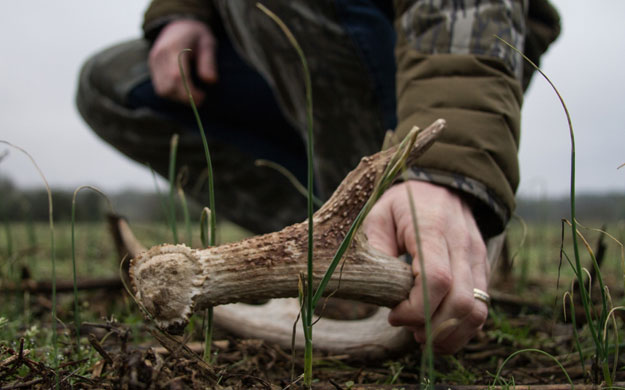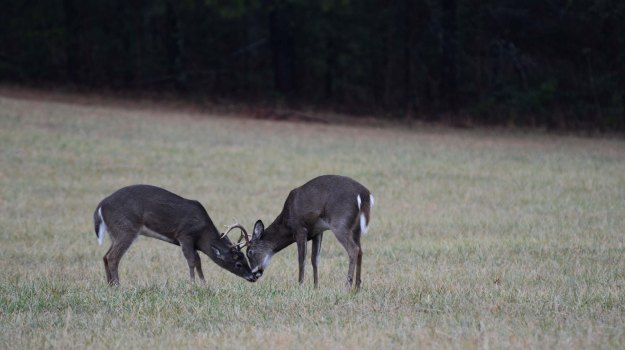
1. Talk to your neighbors
Now is a great time to talk to your neighbors about QUALITY DEER MANAGEMENT. People for different reasons and you can't begrudge that just wants to put meat in their freezer. Still, most hunters would rather take a mature buck over a young buck. Sometimes all it takes to convince someone to practice “selective harvest” is showing them a picture of an average two year old buck next to an average four or five year old buck and ask them which they would rather harvest. Doe harvest is also part of the puzzle if you want a healthy, balanced herd. The land managers who reside in big buck hotspots don’t have a secret, there isn’t anything special in the soil, they have simply learned how to practice some “trigger finger restraint” and work with their neighbors.
2. Add lime to food plots
Lime is critical to growing successful crops. In the eastern U.S., the soil is fairly acidic by nature and probably requires lime to bring it to a neutral level. It can take between 6 and 18 months for lime to break down completely, with finer-screened lime breaking down faster. Because it's important to know how much lime is required, we recommend a soil test. It can tell you the recommended dose of lime per acre for your plot. Combined with last week's tip to measure your food plots, this can tell exactly how much lime you need. If you get it right, you'll see your crop production increase.
3. Prune mast trees
To maximize yield, mast trees need to be pruned. The winter is the best time for this, as the trees are dormant. You should remove branches that form from the roots or trunk and branches that grow downwards. Remove crowded interior branches or branches that cross and overlap. Horizontal branches are best, because they position the fruit to hang properly. The goal is to open the tree for sunlight and air penetration.
4. Step up your shed game
Deer are shedding their antlers now, or soon will be depending on your location. Shedding can be a fun family past time and a great, low-stress way to share the outdoors with your kids. And man's best friend, with a nose that's a LOT better than yours, can even be trained to help. You can train your dog yourself or get professional help. With Ol' Red on the case, you're almost guaranteed to find more sheds.
This tip is courtesy of the GameKeepers Field Notes, a weekly wildlife and land management email newsletter produced by the Mossy Oak GameKeepers.
A GameKeeper by definition is someone who truly loves AND lives the land, the critters and nature…not just during hunting season but all the time. A GameKeeper wants to be outdoors every day and work the dirt while living their personal “obsession”.
Find out more about what makes a GameKeeper by visiting our website.




























